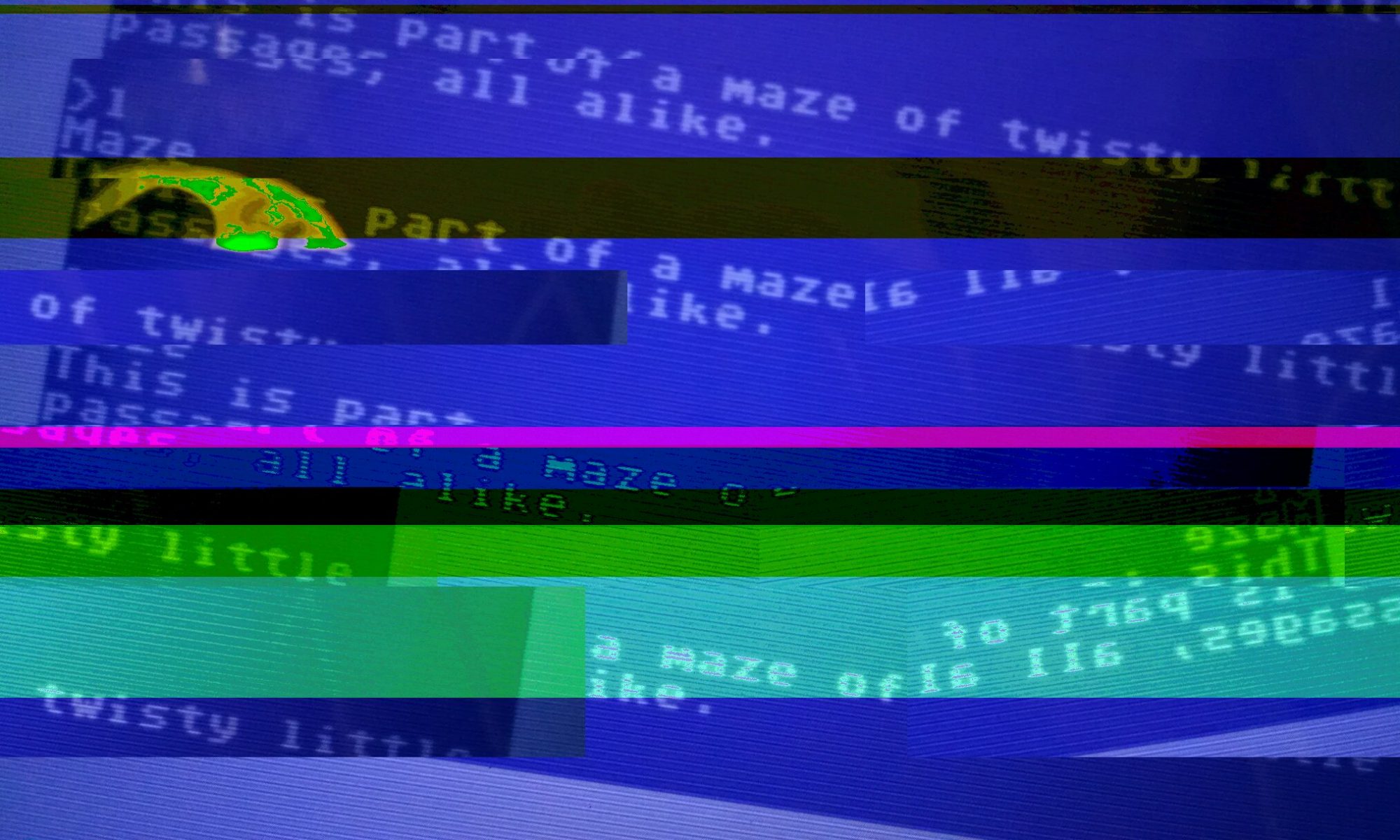For my Tracery project, I created a Horror Movie Plot Summary Generator. The generator draws from a wide array of iconic horror characters, tropes, and plot elements, mashing together absurd summaries of theoretical horror movies. However, the Horror Movie Plot Summary Generator is more than a silly way to poke fun at the quirks of a trope-filled, often-ridiculous genre. This method of combining disparate elements into a larger, never-before-seen whole comes from a “cut-up” method that far predates Tracery and slasher films. However, in comparing my project to the cut-up poetry of previous decades, I realized that a project of this scope is dependent upon technology, encouraging me to consider what properties of digital environments were crucial to the generator. Finally, both creating and understanding this project require a certain degree of skill in deconstructing and understanding horror narratives, forcing me to examine how the reading skills I’ve acquired shaped my creation of this project.
William Burroughs first introduced the cut-up method in his essay, “The Cut-Up Method of Brion Gysin,” as a way of sparking ideas for creative writers and encouraging participants to see texts in new ways. The method’s origins lie in the Surrealist movement, where Tristan Tzara once attempted to write poetry by pulling words out of a hat. Such a method was met with outrage, supposedly for being contrary to Surrealist principles. and caused a riot that destroyed a theatre. Nevertheless, Burroughs promoted the cut-up method as a way to reimagine language, breathing life back into old texts. My generator does not encourage its user to reimagine language, per say, but rather the horror genre. The generator’s output invites users to see familiar horror tropes and characters in a new light. For a genre with so many well-known (and perhaps overused) conventions, the Horror Movie Plot Summary Generator asks users to imagine entirely new, albeit somewhat ridiculous, stories. What would happen if Freddy Kruger encountered Rosemary Woodhouse? Such a question, besides being amusing, also makes readers realize that for a genre with so many stock plot elements, movies like A Nightmare on Elm Street and Rosemary’s Baby are indeed quite tonally different. The Horror Movie Plot Summary Generator, while poking fun at the tropes of the genre, also encourages users to appreciate just how diverse horror truly can be.
While the cut-up method works with a piece of paper and a pair of scissors, the Horror Movie Plot Summary Generator requires a digital environment. Two properties of digital environments, identified by Janet Murray in her book, Hamlet on the Holodeck, were crucial to this project — their ability to be both encyclopedic and procedural. The encyclopedic property refers to the generator’s ability to work with an enormous amount of information. The generator can produce over 3 billion possible outputs (with over 100 discrete options). It would be extremely complicated to manipulate that much data on scraps of paper on a desk. Instead, the project relies on the ability for digital environments to effortlessly contain and organize vast amounts of data. The procedural property ensures that the generator always parses a result that makes grammatical, if not logical, sense. The generator, quite simply, follow rules. It has a specific set of inputs, each corresponding to a place in the output sentence. You won’t have a villain’s name where there should be a soundbite from a newspaper. You simply press a button and the program follows the procedure to do the rest.
Finally, I see this project as having its roots not only in the cut-up method, but also in practices of reading literature. Peter Rabinowitz outlines four rules of reading in his book, Before Reading. The two that were key to this project were the rules of notice and configuration. Rules of notice pertain to the reader’s ability to determine which elements of a work are essential and which are extraneous. In terms of my project, that meant determining which elements of a two-hour movie to include in a few-sentence summary. The ones I ensured were in every output were an iconic villain or monster, an iconic victim, and at least one act of violence. Using the rules of configuration, namely the ability to identify the tropes and plot conventions of a certain genre or medium, enabled me to poke gentle fun at the genre. Every summary begins with an inciting incident that anyone with even a tenuous familiarity with horror will recognize. Playing with a ouija board, investigating an abandoned house, or having sex are immediate red flags in horror, ensuring that some harm will befall the character who engages in these acts. While this generator is simply a playful satire of the horror genre, it relies on my own reading skills, acquired through my consumption of both literature and horror films.
On one hand, the Horror Movie Plot Summary Generator is one of countless silly Internet time wasters. On the other, it raises interesting questions about the genre, encouraging users not only to laugh at how ridiculous and predictable it can be, but also to appreciate the wide array of films all contained under the umbrella of horror. The generator has its roots in the decades-old “cut-up” method, but is specifically reliant upon its digital environment to function successfully. The project also made me realize how the same rules used to read high literature can be applied to “low brow” entertainment like horror. Creating this project encouraged me to approach a familiar genre with new eyes, deconstructing its elements via the rules of reading and mashing them back together in surprising, amusing, and often-illogical ways.
Works Cited:
Burroughs, William. “The Cut-Up Method of Brion Gysin.” The New Media Reader, edited by Noah Wardrip-Fruin and Nick Montfort, The MIT Press, Cambridge, MA.
Murray, Janet. Hamlet on the Holodeck: The Future of Narrative in Cyberspace. Cambridge, MA, The MIT Press.
Rabinowitz, Peter J. Before Reading: Narrative Conventions and the Politics of Interpretation. Columbus, Ohio State University Press, 1998.
